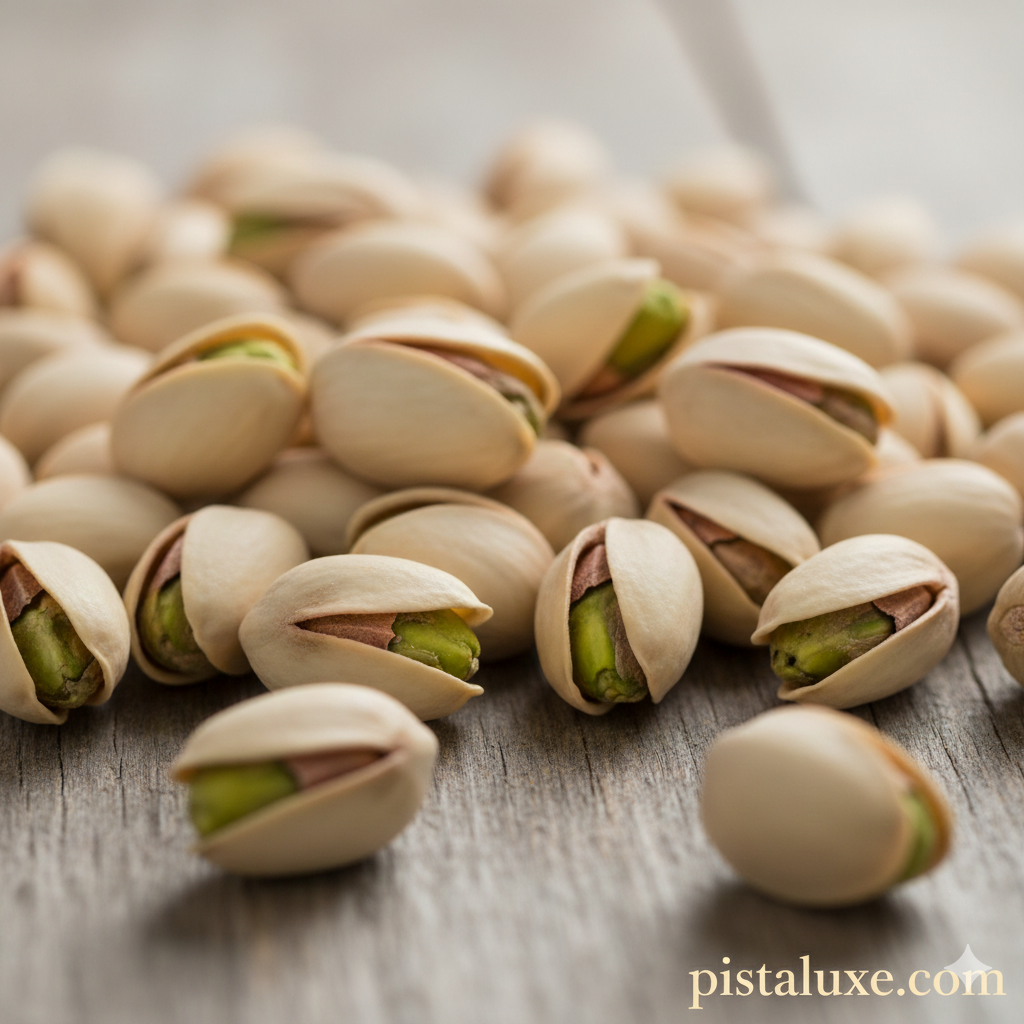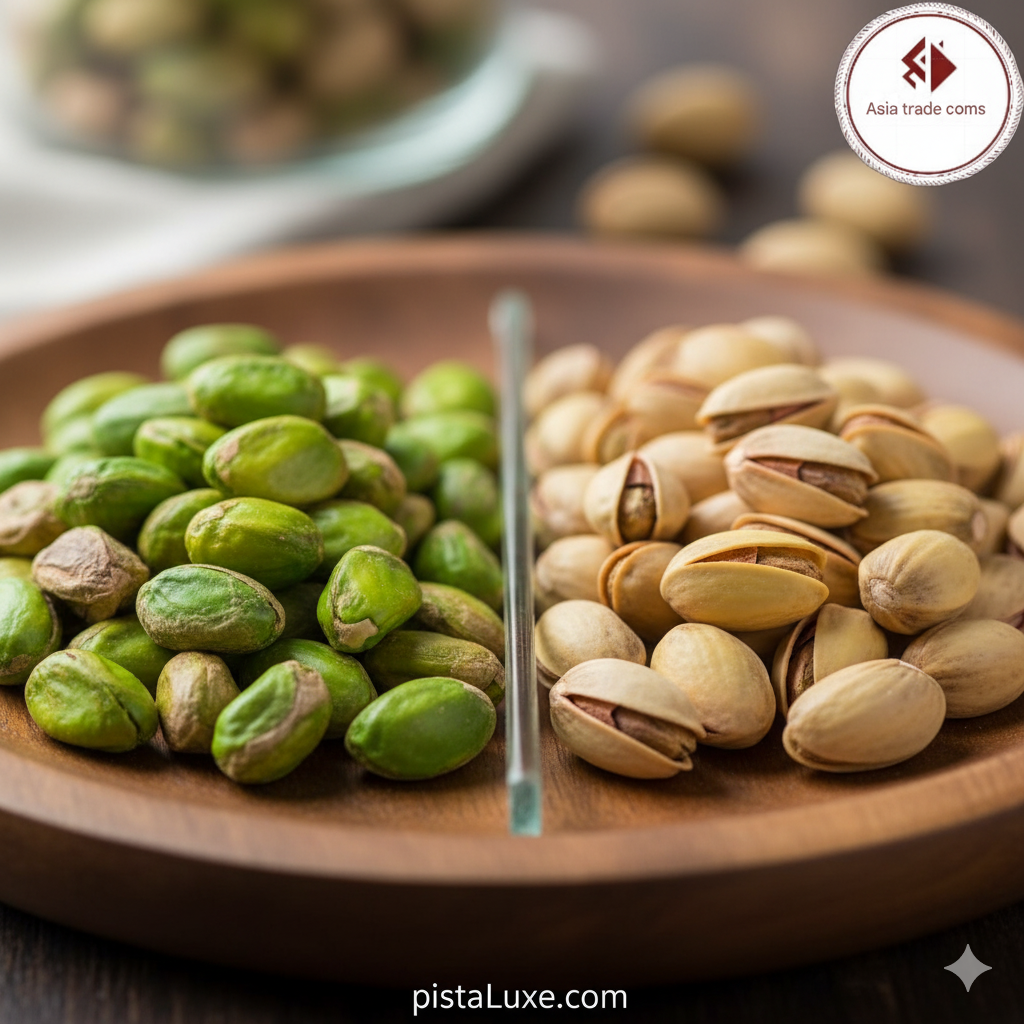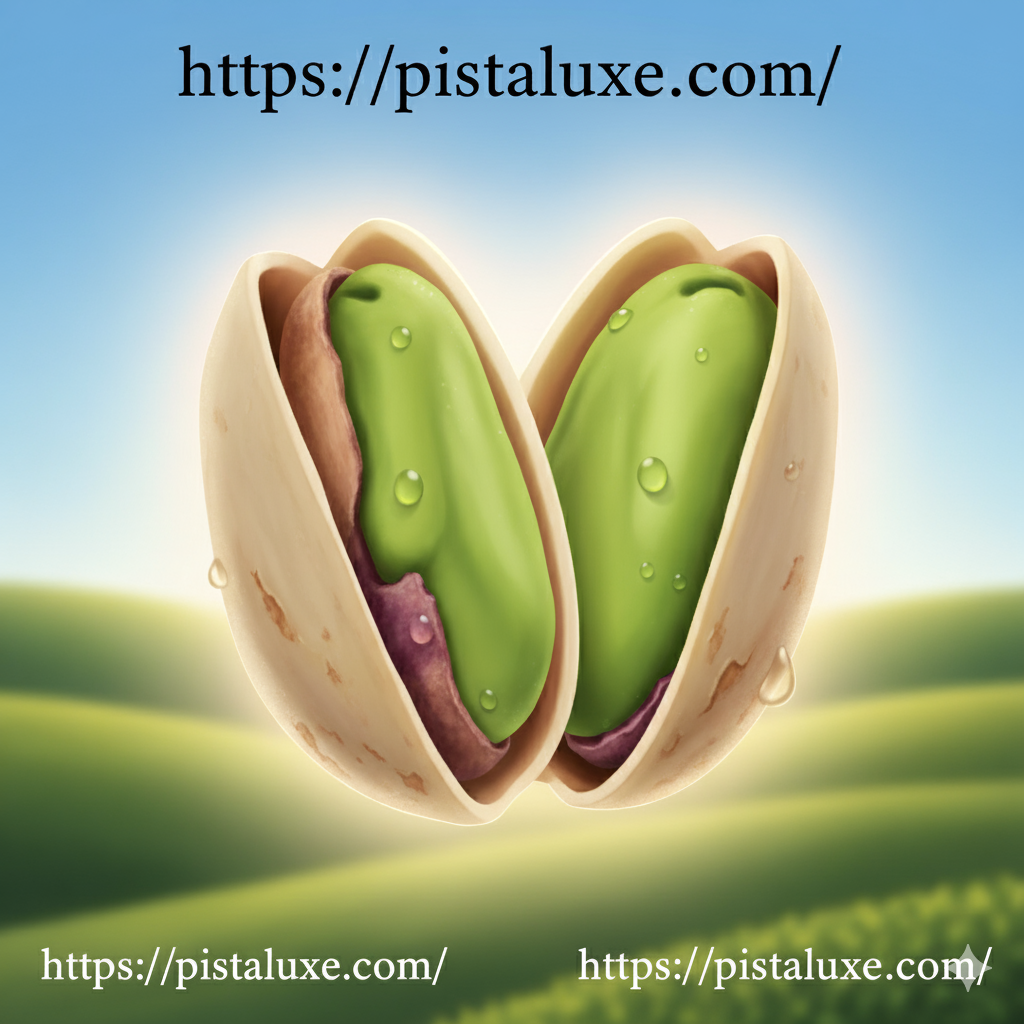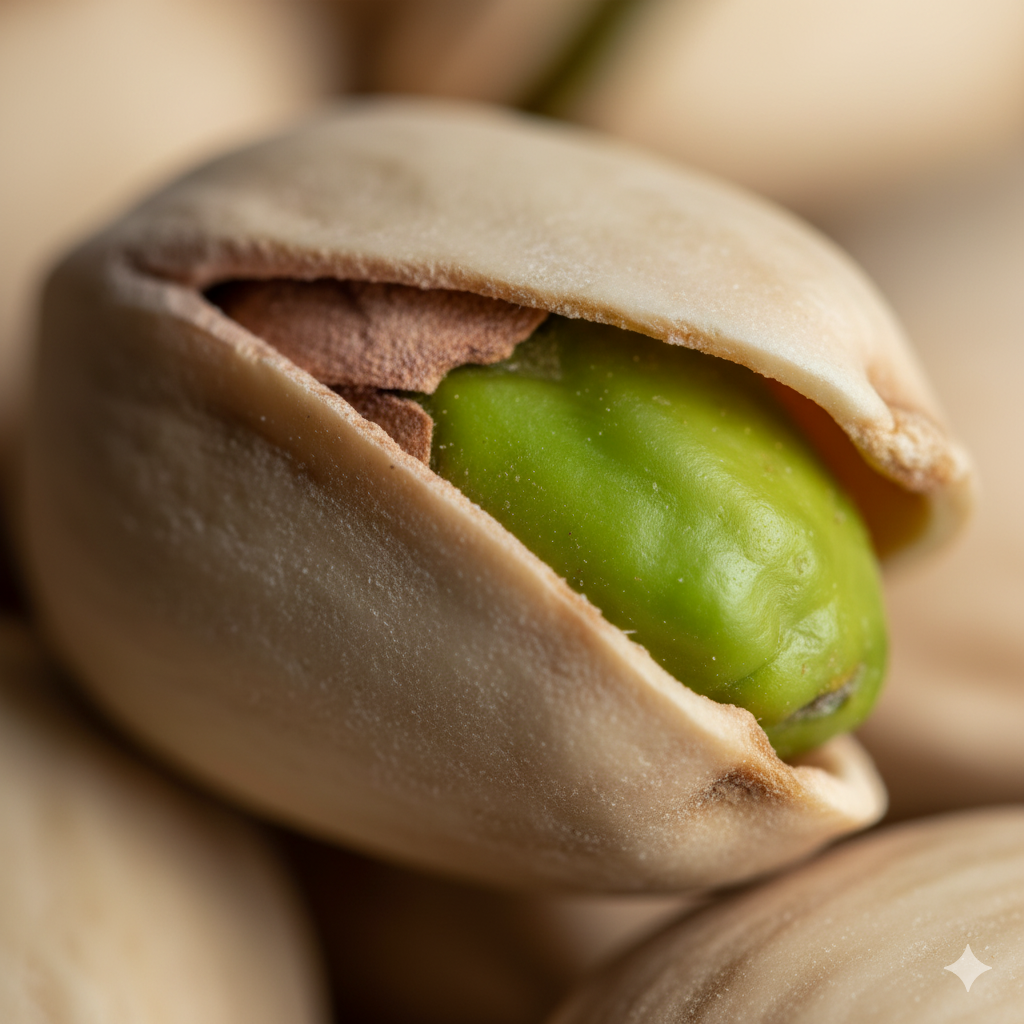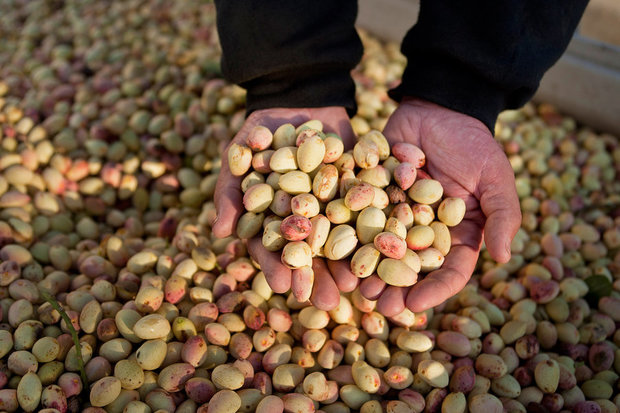
Pistachio Husk: An Innovative and Sustainable Material Revolutionizing Eco-Friendly Architecture
Keywords: Pistachio Husk, Sustainable Architecture, Eco-Friendly Building, Green Construction, Waste Valorization, Bio-based Materials, Circular Economy, Construction Innovation, Natural Insulation, Durable Building Materials
In the ongoing quest for sustainable solutions in the construction industry, innovative materials derived from natural and renewable resources are gaining significant traction. Among these, pistachio husks, a readily available agricultural byproduct, are emerging as a promising material with the potential to revolutionize eco-friendly architecture. This article delves into the multifaceted applications of pistachio husks in sustainable building, highlighting their unique properties, environmental benefits, and economic viability.
Pistachio husks, the outer shell of the pistachio nut, are typically considered agricultural waste. However, their inherent characteristics make them an ideal candidate for various construction applications. Rich in organic compounds, these husks possess excellent insulating properties, both thermal and acoustic. Their fibrous structure can be processed into various forms, including boards, panels, and aggregates, offering versatility in design and application.
One of the primary advantages of using pistachio husks in construction is their significant contribution to sustainability. By valorizing this agricultural waste, we reduce the burden on landfills and minimize the environmental impact associated with traditional building materials. The production process of pistachio husk-based materials generally requires less energy compared to conventional materials like concrete or steel, further reducing the carbon footprint of buildings. Moreover, these materials are biodegradable and renewable, aligning perfectly with the principles of a circular economy.
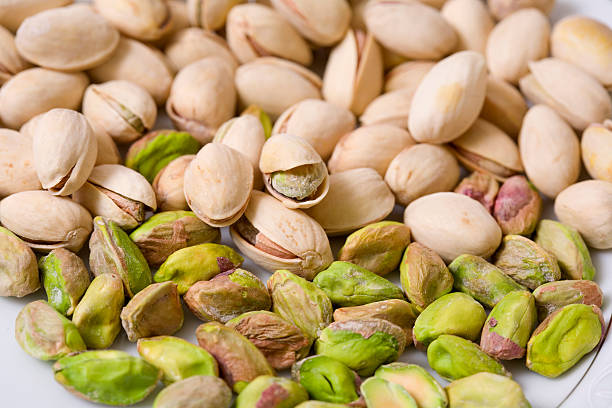
In terms of performance, pistachio husk composites have demonstrated remarkable durability and strength when properly processed and combined with suitable binders. They exhibit good resistance to moisture and pests, contributing to the longevity of structures. Their natural fire-retardant properties, when treated, add an extra layer of safety to buildings. Furthermore, the aesthetic appeal of pistachio husk-based materials, with their natural texture and color, can add a unique warmth and character to architectural designs.
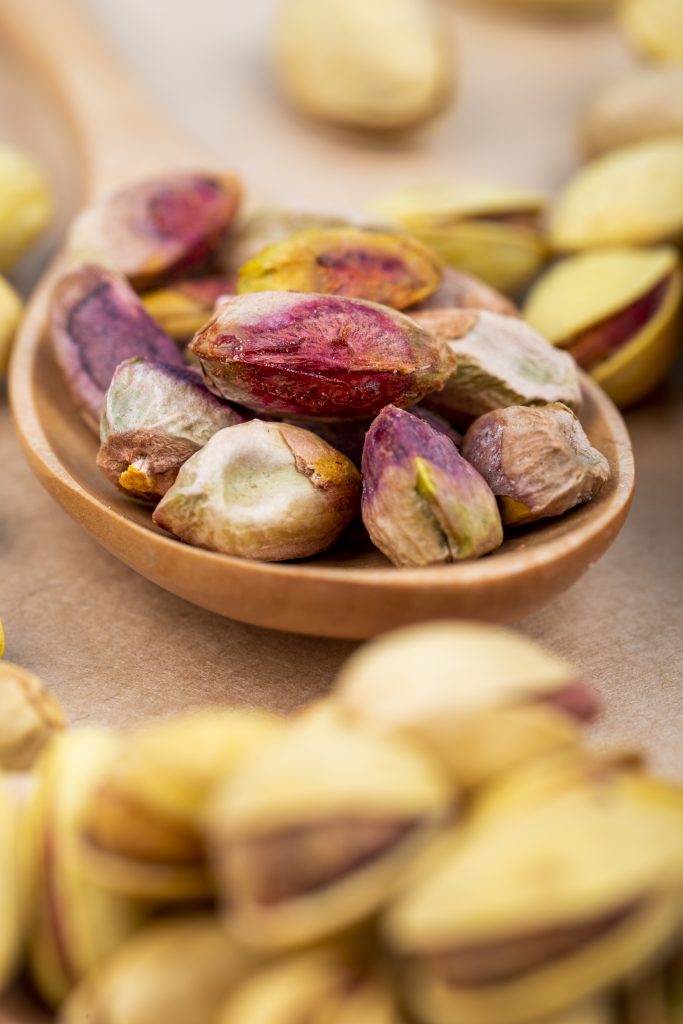
The applications of pistachio husks in sustainable architecture are diverse. They can be used as:
- Insulation Panels: Offering superior thermal and acoustic insulation, reducing energy consumption for heating and cooling, and improving indoor comfort.
- Lightweight Aggregates: Replacing conventional aggregates in concrete mixtures, leading to lighter structures that require less structural support.
- Composite Boards: For interior finishes, partitions, and furniture, providing a sustainable and aesthetically pleasing alternative to wood or plastic.
- Biocomposites: Blended with natural resins or polymers to create high-performance, eco-friendly building components.
The economic benefits of adopting pistachio husk as a building material are also substantial. It provides a new revenue stream for pistachio farmers by creating value from waste. The development of local industries for processing and manufacturing these materials can also create employment opportunities and reduce reliance on imported materials.
However, challenges remain in scaling up production and standardizing quality. Further research and development are crucial to optimize processing techniques, enhance material properties, and develop cost-effective manufacturing methods. Collaboration between agricultural sectors, research institutions, and the construction industry is vital to overcome these hurdles and unlock the full potential of pistachio husks in sustainable architecture.
In conclusion, pistachio husks represent a paradigm shift in the search for sustainable building materials. Their abundant availability, excellent performance characteristics, and significant environmental benefits position them as a key component in the future of green construction. By embracing this innovative approach, we can move towards a more sustainable and resource-efficient built environment, where agricultural byproducts are transformed into valuable assets for a healthier planet.
For purchasing pistachios and dried fruits, as well as for more information regarding collaboration, you can contact Mr. Ravanshad via WhatsApp at the following number:
WhatsApp Number: +989214773705


